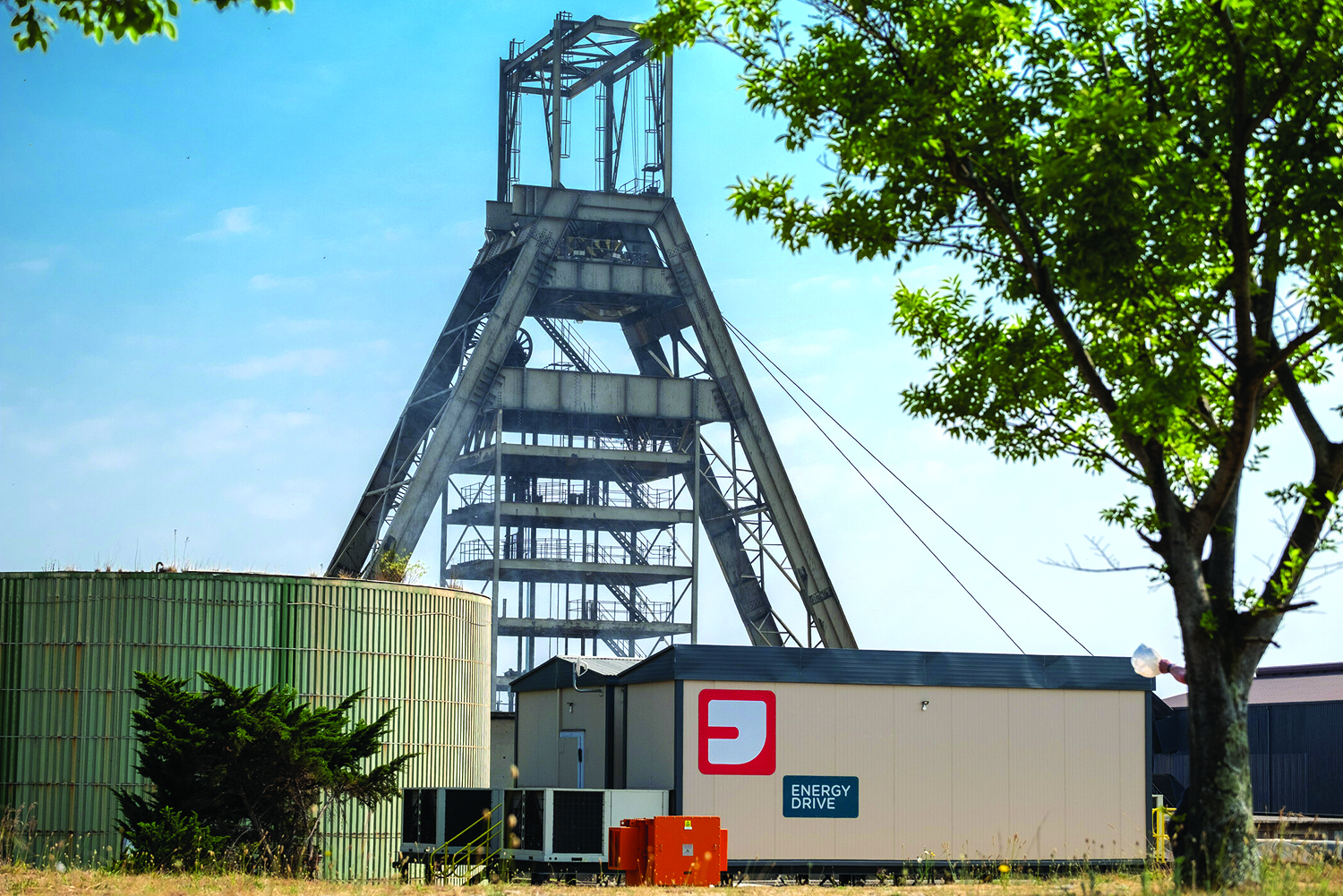
A recent ventilation-system project involving Rockwell and Energy Drive, a South African company, resulted in significant energy savings at Sibanye-Stillwater’s Driefontein mine, shown here.
Rockwell Automation and Energy Drive, an energy-efficiency specialist headquartered in Durban, South Africa, are collaborating on projects designed to allow the resulting energy savings to offset any investment in technology and systems required to drive the sustainability solutions. Rockwell Automation recently reported that this type of collaboration has helped reduce emissions and deliver annual energy savings at the Sibanye-Stillwater Driefontein mine in South Africa.
Designed by Energy Drive, the system at the Sibanye-Stillwater mine is central to a new optimized control solution for the mine’s ventilation architecture. The new efficiencies, which the companies reported to have delivered annual energy savings of more than 55 GWh, will help Sibanye-Stillwater address some core goals of its ESG activities.
The mine’s ventilation system’s operational parameters were remodeled to leverage the capabilities of Allen-Bradley PowerFlex 6000T variable-frequency drives. Through optimized control of fan speed and air circulation, this new approach has resulted in an average energy saving of 62% in one shaft and 48% in the other, with another shaft soon to be commissioned.
Engineers anticipate that the three upgrades will eventually deliver a total energy savings of about 360 GWh over the term of the contract, and will save 379,000 tons of carbon over the period while significantly reducing water and coal consumption.
Thomas Malomane, power control business manager, Africa, at Rockwell Automation, explained: “Many motor-based solutions are either running without any form of motor control or are using outdated technology and practices that do not offer contemporary efficiency capabilities. Our PowerFlex range of variable-speed drives undergoes continual development to address modern demands and is a core solution for reducing energy consumption across a huge variety of applications globally.”
Energy Drive explained that the site used multiple medium voltage (MV) ventilation fans to provide airflow to the mine. Two vent fans at a shaft are directly coupled to two 2,240-kW induction motors – a standard squirrel cage motor and a slip ring motor. These fans ran in a duty/standby mode with one fan running continuously to provide airflow to the shaft. The second fan was used as a standby fan to ensure redundancy. The fans were controlled from the mine’s Wonderware SCADA network using Inlet Guide Vanes (IGVs). A third-party energy partner managed the clipping schedule on behalf of the mine which used the IGVs to reduce airflow during peak times.
Early in the energy-reduction collaboration effort, Energy Drive’s engineers saw the opportunity to run both fans together to provide the same airflow as one fan. While counterintuitive, this concept would allow Energy Drive to run each fan at a much lower speed. Each fan would provide a lower airflow, and well-documented affinity law relationships would then show a substantial decrease in power demand. Additionally, running two fans with fully open IGVs allows the fans to approach their best operating point (BOP), allowing for greater efficiency. Using the mine’s suggested flow rates, the Energy Drive engineers predicted an energy saving of 60%.
Speed reduction could be efficiently achieved using variable speed drives, which have become a well-established, proven technology for process control and, in this instance, energy saving. A proposal detailing the technical solution employing VSDs, as well as a capex-free commercial solution was approved by the mine.
However, the VSDs intended for use at the mine were too tall for a typical 40-ft-high cube container, requiring project engineers to consider other solutions. Shipping containers, offering the benefit of being easily transportable and a familiar footprint for logistics companies, were chosen instead. A decision was made to use the same base dimensions as a 40-ft container, but with a bespoke e-Unit constructed on it. This allowed Energy Drive to accommodate the tall VSDs, while still having an easily mobile and self-contained solution.
The electrical solution provided the mine with two modes of operation: VSD operation, as well as the ability to run the fans via their original DOL starters, which is achieved using ring main units (RMUs).
Because communication between Energy Drive and the site PLC is crucial – Energy Drive needs to give feedback to the mine on the state of the VSD and receive input from the mine on clipping/non-clipping modes of operation – a data and analytics platform allows Energy Drive engineers to have a live view of VSD health, as well as the health of system communications.









